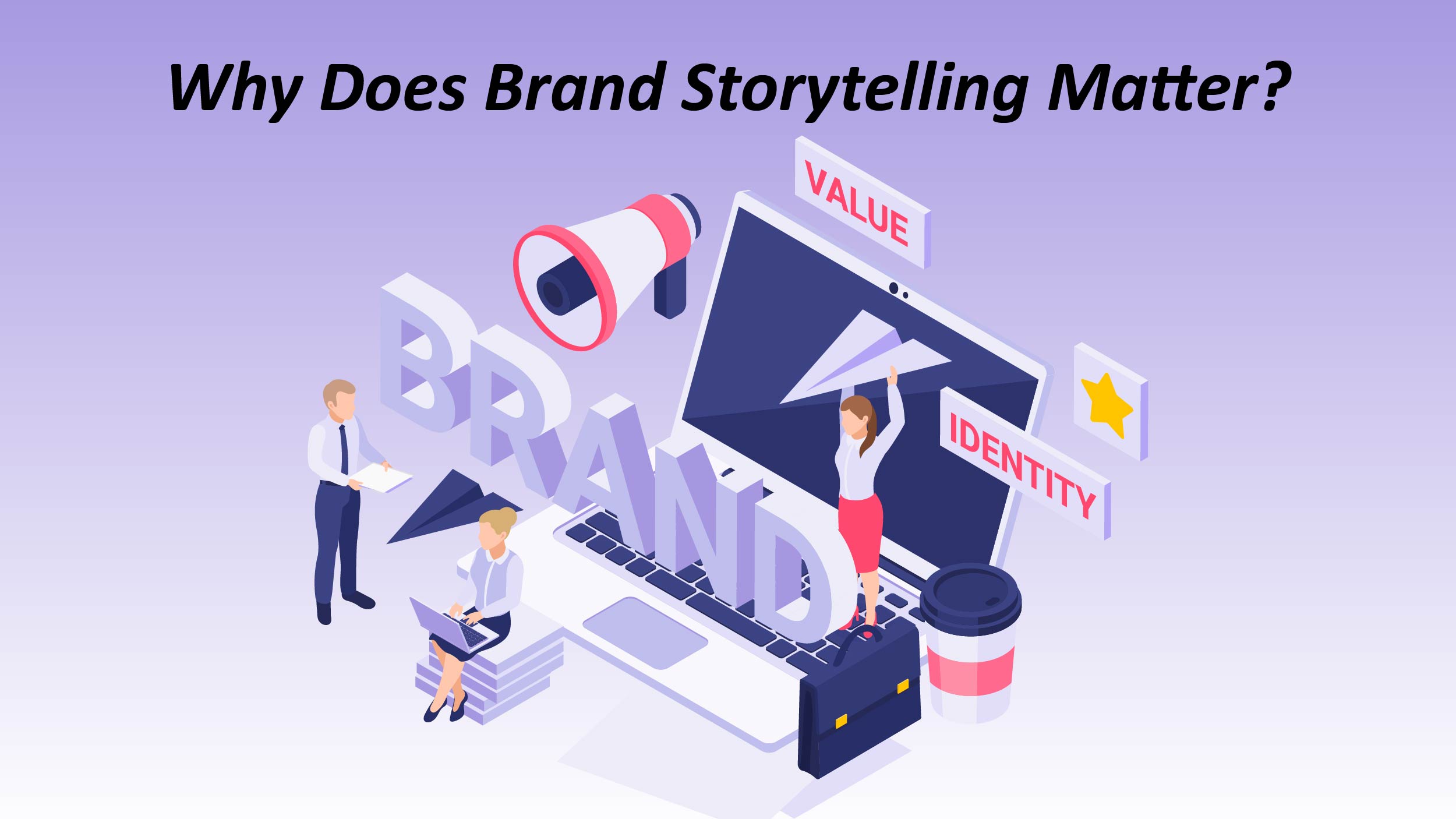In a world where stories captivate our hearts and minds, there’s a powerful narrative weaving its way through the fabric of business: brand storytelling. Much like the tales that grip us in films and books, it serves as a vital tool for companies seeking to forge meaningful connections with their audience. Consider the brands you cherish, the ones that resonate deeply with you—behind each of them lies a narrative that breathes life into their products and services.
In this article, we embark on a journey to uncover the essential elements of compelling storytelling for any brand and explore how you can craft your own narrative to engage your audience. Let’s get started!
What is Brand Storytelling?
Brand storytelling is the skillful utilization of narrative components to effectively communicate a brand’s identity, values, history, purpose, and offerings to the intended audience. It surpasses the mere presentation of facts and features. By employing emotional storytelling, brands can concentrate on sharing captivating and relatable stories that foster strong connections and engagement with their customers. Studies indicate that 75% of experts perceive storytelling in marketing as significant, with 55% displaying an increased likelihood of considering a purchase from a brand if it resonates with its narrative.
Why Does Brand Storytelling Matter?

According to renowned psychologist Jerome Bruner, the likelihood of individuals remembering details is significantly higher by a factor of 22 when messages are conveyed through stories rather than mere facts and numbers.
When customers hold the same values as your brand, they are more inclined to exhibit loyalty.
Research conducted by Harvard Business Review discovered that emotional connections play a crucial role in building brand loyalty. Moreover, these connections are considered a strong predictor of customers’ future value. Additionally, incorporating brand storytelling into your SEO strategies can greatly enhance the visibility and ranking of your content on search engines.
Also Read: The Definitive Guide to 2024’s Top 5 Cloud Based CRM to Elevate Your Business
Tips for Powerful Brand Storytelling

- Foster Empathy: Ensure that your audience can relate to your brand story by portraying experiences and emotions that resonate with them.
- Grab Attention: Establish a distinctive voice and personality for your brand story to capture and maintain audience interest. Consistency in this tone will make your content instantly recognizable.
- Embrace Authenticity: Transparency is key when it comes to authentic brand storytelling. Be genuine about your values, unique company features, and hurdles you encounter.
- Foster Relatability: Speak your audience’s language by avoiding technical jargon and demonstrating a deep understanding of their needs and challenges.
- Maintain Consistency: Build trust and anticipation by delivering consistent experiences. Let your audience know what to expect from your brand while still keeping them excited about what’s to come.
- Align with Business Goals: Integrate your brand story seamlessly into all aspects of your business, ensuring that it reflects and supports your overarching objectives across marketing, sales, and internal and external communications.
- Inspire Action: Strategically embed calls to action within your narrative to prompt your audience to take the next step, just as Compare the Market did with Aleksandr, propelling viewers toward becoming customers.
Brand Storytelling Examples
Certain companies have a significant narrative woven into their corporate culture and products. On the other hand, some companies need to create an imaginative story to give meaning to their products, like many enterprise SaaS companies. Here are some of the powerful brand storytelling examples in advertising.
Airbnb
Airbnb operates as a marketplace, which means that the focus should not be on the product itself. Instead, their audience is more interested in hearing stories about the experiences of staying in different accommodations and interacting with new people. They want to learn about the unique homes, the countries they are located in, and the overall experiences that Airbnb’s brand enables.
Airbnb provides a dedicated section on its website where hosts and travelers can share their stories, offering a unique perspective on the lives of hosts worldwide. This feature aims to establish a deeper connection between prospective hosts and travelers by introducing them to individuals managing the properties they are interested in staying at. Additionally, Airbnb’s YouTube channel, which boasts over 251,000 subscribers, offers insights into the Airbnb experience in various countries, featuring superhosts and providing valuable tips for guests.
Nike
In the 1990s, Nike established a strong presence through its powerful storytelling. A notable example was an amazing advertisement released in 1999 to honor the remarkable career of Michael Jordan. While advertising time on television was costly and most companies focused on aggressive selling, Nike took a different approach. Instead of pushing the brand, it allowed Michael Jordan’s story to speak for itself. The advertisement concluded with the iconic “Just Do It” slogan and the recognizable Nike swoosh logo, occupying minimal space. This storytelling approach created an emotional bond between the audience and the athlete, with Nike itself playing a minor role in the exchange.
Nike utilizes Instagram as a platform to distribute captivating video and photo advertisements that offer valuable lessons to the viewers. Can you visualize the ultimate day in global sports? Nike has already done so in this video advertisement, showcasing everyday individuals embarking on morning runs, female athletes venturing into the realm of video game development, and running shoes that are cultivated from seeds.
Nike’s blog contains narratives that evoke an emotional response, and it covers a wide range of topics, from a university athlete conquering pre-race anxiety to receiving guidance on encouraging children’s passion for physical activity. These narratives do not aggressively promote products; instead, they aim to educate, motivate, and provide solutions. This form of brand storytelling establishes a strong connection with athletes and fosters long-term brand recognition and loyalty.
Summing it Up
Brand storytelling isn’t merely a marketing tactic—it’s a powerful tool that can breathe life into your brand, forge deep connections with your audience, and drive business success. By crafting narratives that are empathetic, attention-grabbing, authentic, relatable, consistent, aligned with your business goals, and designed to provoke action, you can elevate your brand above the noise and leave a lasting impression on your audience. Let your brand story be the beacon that guides your audience on a journey of discovery, connection, and lasting impact.
![Why Every Company Needs Powerful Brand Storytelling [Tips Included]](https://martech360.b-cdn.net/wp-content/uploads/2024/02/Brand-Storytelling-01-450x300.jpg)
